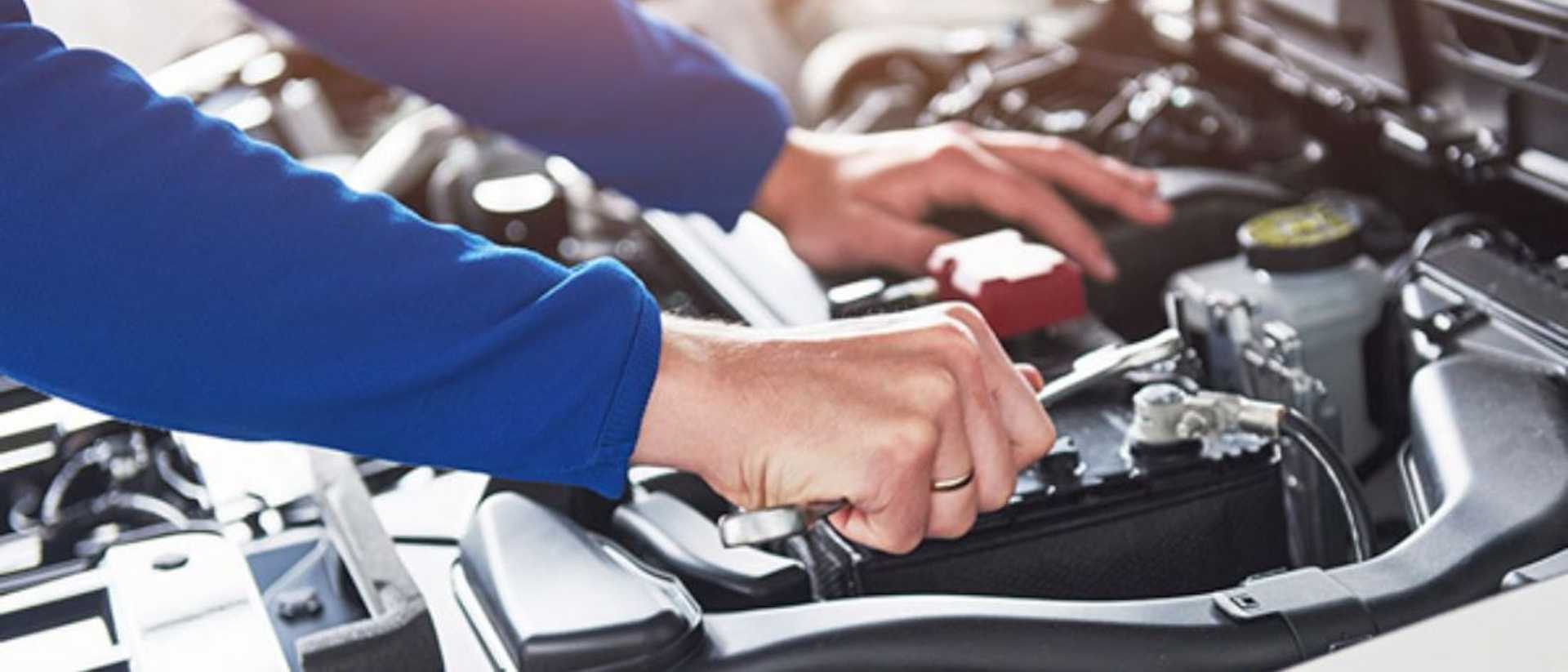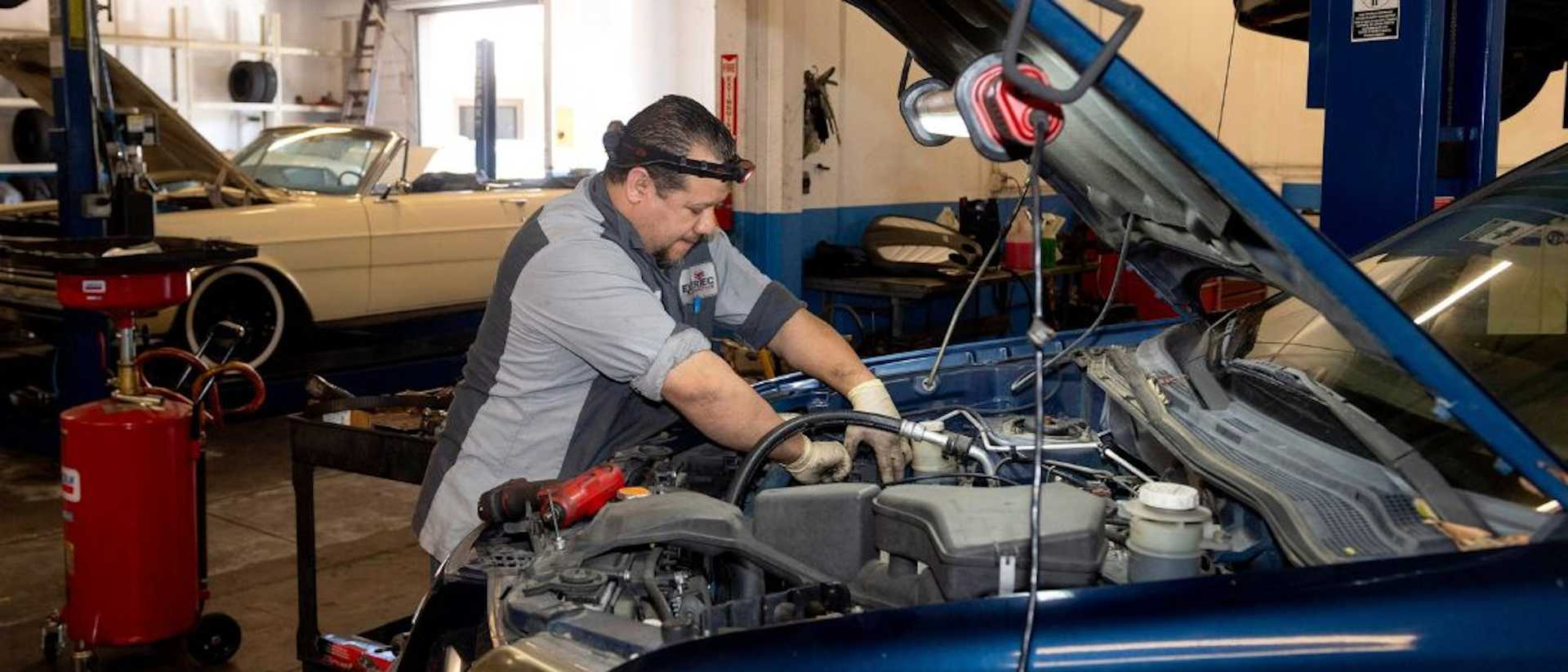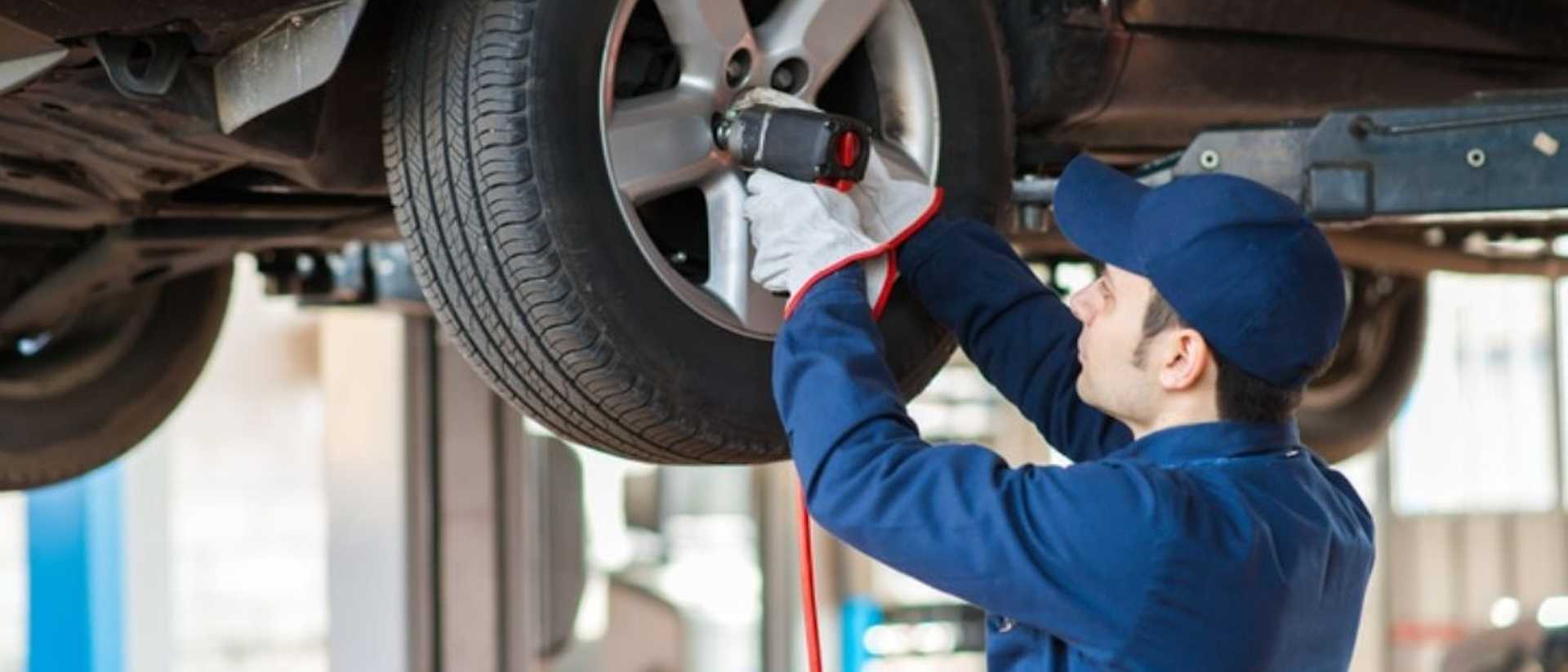How To Refinance A Car Loan - Quick Guide

How does refinancing work?
Because car loans are a fixed rate product, your interest rate and the amount that you pay per month will not change over the course of the loan. While this makes it easier to budget for the future, it also means that the only way you can get a lower interest rate is to refinance your car loan.
Refinancing your car loan means that you are replacing your existing loan with a new loan, normally from a different lender and with more favourable loan conditions. The money that you borrow from your new lender is used to pay off the loan with your previous lender.
The cost of car loans can be extremely varied, which means that getting the best loan possible is just as important as getting the best deal on the actual car (if not more!). If you’re not happy with your current loan, refinancing your car could be a great way to get a better deal and save money overall.

Why should you refinance your car loan?
There are a number of reasons why you might be looking to refinance your existing car loan to find one that has a lower interest rate or better loan terms.
You’ve improved your credit score
If you’ve been consistently making your monthly repayments with your existing loan, and your credit score has improved as a result of that, you might be able to use that improved credit score to secure a loan with a lower interest rate with a new lender. A lower interest rate decreases your monthly repayments as well as saving you money in the long term as it also reduces the total cost of the loan.
You didn’t get a great deal with your first car loan
Another reason why you might be looking to refinance your car loan is because your existing loan has a high interest rate or unfavourable loan conditions. Perhaps when you originally secured the loan you didn’t have time to properly assess all your options, or your lender wasn’t transparent about additional costs and fees you’d incur down the line. Regardless of exactly what the reason is, if you’re not happy with the current terms of your loan, car loan refinancing could be a great option for you.
You want to lower your monthly repayments
If you’re finding that your monthly repayments are too high, you might want to refinance your car loan so you can get a new loan with more affordable repayments. This would involve getting a longer loan term, to spread out the cost of the loan over a greater time span. It would probably mean that you’d end up paying more in interest over the course of your loan. However if your main concern is your monthly repayments, this might be the best option for you.
You want to save some money in the long term
If you’re less concerned about the monthly cost of your loan, but want to make sure you are saving money overall, you might want to consider refinancing. You could switch to a new lender with a lower interest rate, but keep your monthly repayments the same, so you can pay off the loan faster and pay less interest overall. Depending on the terms and conditions of the loan, you might even be able to make extra repayments without any additional fees.
You want to change your loan conditions
You may decide you want to refinance your car loan so that you can change some of the conditions of the loan. For example, you may want to add a balloon payment to your loan so you can reduce your regular repayments, or you might want to change the type of your loan from secured to unsecured (or vice versa).
You’re making the most of low interest rates
Remember that car loans are generally fixed rate products, so even you won’t realise the benefit of today’s low interest rate environment on your loan repayments automatically.
So another great reason to refinance your car loan is to take advantage of Australia’s current low interest rates. You might find that there are more competitive interest rates available now than when you secured your existing loan, making it a great time to refinance.

Factors to consider when deciding whether to refinance your loan
Value of the car
One of the important things to consider before refinancing your loan is what the value of your car is. Because cars depreciate over time, the current value of your car will probably not be what you paid for it. To make sure you have the best possible chance of refinancing, make sure that your car is currently worth more than what you currently owe.
If you owe more money to your current lender than what your car is worth, you would probably be seen as a ‘high risk’ customer, making it more difficult to secure refinance. You can get a free car valuation through carsales or Drive.
Not sure how much you should be spending on your car? Check out our guide here for some handy tips.
Remaining term left on your loan
Before refinancing, make sure you consider how long is left on your current loan, and determine whether it is worth the time and effort (and potential cost) of securing a new loan. If, for example, you only had one year left on your loan, it might end up costing you more in fees to refinance your car than simply completing your regular repayments. However, if you’ve still got at least a few years left on your loan, and you’re unhappy with the unfavourable conditions, refinancing might be a great idea for you.
Entry fees, exit fees and other costs
Make sure you also consider any ‘change’ fees that might apply when refinancing your loan. This might include exit fees, break fees or sign up fees, but they vary between lenders. Contact your existing lender to find out what fees will apply. With your new loan, Driva will tell you upfront about any fees that will apply, so there are no hidden surprises down the line.
Your current financial situation
It’s important to make sure you’re in a relatively strong financial position before you apply for a new loan. If you’re not in a strong financial position, this might have an impact on your ability to obtain approval on a loan.

Four steps to refinancing your car loan
Once you’ve weighed up your options and decided that refinancing your car loan is the way to go, that’s where Driva comes in.
1. Contact your existing lender
First, you’ll want to contact your current lender to find out what the pay-off amount is. You’ll need this figure to tell lenders how much your loan costs, so they can set your rate and approve your new loan.
You’ll also want to find out if there are any exit fees, break fees or other charges that will occur. If you don’t have very long left on your loan, it’s important to weigh up whether paying these costs is worth it. However, if you still have a few years left, it might be worth it to pay a few extra fees to secure a lower interest rate, and end up paying less overall.
2. Compare your car finance options with Driva
Now that you’re ready to compare loan options, Driva’s smart refinancing platform is here to help. You’ll just need to tell us a few details about you, your car and your existing loan, and we’ll instantly provide you with personalised quotes from our panel of over 30 lenders. You’ll need to provide us with the original loan balance and term and age of the vehicle so that we can give you personalised rates.
Driva will then provide rates that you are pre-qualified for based on your personal profile - this means that they’re not generic rates that will change later in the process. We’ll also assess your profile against the eligibility criteria of each lender, so you’ll only see loans that you’re actually eligible for. From your Driva dashboard, you’ll be able to view all of your personalised options with 100% transparency. All of the rates you’ll see are inclusive of all fees, with nothing hidden and no surprises down the road! This makes it easy to see how much you’ll be saving if you refinance
3. Apply for car loan refinance
Once you’ve decided which lender you want to go with, we’ll just need a few documents from you before we can progress your application. The only documents you’ll need to have on you are your driver's license and your two most recent payslips. We’ll also need to see some bank statements, but you can retrieve these digitally with our friends at bankstatements.com.au.
Before we share your profile with your chosen lender, we’ll make sure that you’re likely to be approved. This prevents disappointment as well as protecting your credit score.
4. Get approved and pay off your new loan
After we’ve submitted your application to the lender, the approval process generally takes between 2 hours and 2 days, depending on the lender.
Once you’ve been approved, your new lender will transfer the funds to your old lender directly - so there’s no extra action required! You can then start making your regular loan repayments to your new lender and enjoy the savings!

Got more questions about car refinance?
What is a credit score and how can I access mine?
Your credit score is a single number that summarises your credit history, and lenders use to price your loan. It is calculated based on what’s in your credit report, and includes things like how much money you’ve borrowed, whether you’ve paid your debts on time and how many credit applications you’ve made. Your credit score affects the interest rate that lenders will charge you because it determines how risky your loan is. Typically, the higher your score, the better the rate.
Unlike with many traditional lenders, getting personalised rates with Driva doesn’t impact your credit score. Using the information you’ve provided, we perform a ‘soft credit check’, which means we can access the score lenders use to price your loan without recording an enquiry on your credit file.
If you want to access your detailed credit history, and find out why your credit score is the way it is, you can do so for free with Equifax.
Can I refinance my car with a bad credit rating?
While you might find it harder to refinance a car loan with a bad credit score, it’s not necessarily impossible. If you’ve made all of your repayments in full and on time since taking out your loan, your credit score might actually have improved, making it easier to secure car loan refinance. This is because improving your credit score shows the lender that you are becoming a lower risk borrower, so they are more willing and able to offer you a competitive deal.
Why does the value of my car matter when I’m refinancing?
Cars depreciate over time, which means that, unlike other assets, after you buy them they will generally begin to lose their value. If you’re looking to refinance but your car has depreciated so much that it’s worth less than the loan amount you owe to your existing lender, you’ll be seen as a much riskier borrower. This in turn makes it harder to switch to a better deal.
To make sure you have the best chance of refinancing, check that the value of your car is higher than your outstanding loan amount.
How much can I save by refinancing my car loan?
The exact amount you can save is dependent on what your current loan interest rate and ongoing fees are compared to the loan you’re looking at switching to. Additionally, the length of the loan can also affect how much you can save. If your existing loan is on a four year term and you’re two years into the loan, you should try to make sure your new loan is taken out over a two year term. This means that you’ll still end up with a total four year term. If you were to switch to another four year loan term, you’d end up actually having a loan for six years, which is two years extra of paying interest - potentially making the loan more expensive than if you hadn’t refinanced.
I’m not sure which lender to go with. Is there someone I can talk to?
Absolutely! If you’re not sure which loan to go with, or have any questions about the car refinancing process, you’re more than welcome to reach out to our friendly and knowledgeable team. Email us at hello@driva.com.au or give us a call on 1300 755 494.
How soon can I refinance my car loan?
Generally you can refinance your car loan after six months, but in some cases lenders might be willing to consider refinancing your loan even earlier than this.
What features should I consider when comparing loans?
When you’re refinancing your loan, it is important to make sure that the loan has all the features that you need. It can be helpful to make a list of the reasons why you’re looking to refinance your loan and make sure that the lender you choose meets all of your desired criteria.
There are a number of features that you should consider when refinancing a car loan:
Interest rate
The interest rate refers to the cost of borrowing the money that you’ll need to pay back to your lender each year. With your new loan, you ideally want to make sure you’re getting a lower interest rate than you were with your previous loan. All of the loans that Driva facilitates are fixed rate, which means that the amount you pay each month won’t change over the life of the loan.
Comparison rate
When comparing loans it is helpful to look at the comparison rate of each loan, because this includes nearly all fees and charges that apply (excluding stamp duty), so is the most accurate representation of how much you’ll actually be paying.
Secured vs unsecured loan
Refinancing your car loan can be a good option if you’re looking to change from a secured to an unsecured loan (or vice versa). A secured loan means that your car is used as collateral against the loan. This gives your lender the security that if you can’t pay back your loan, they can repossess the car to recover their funds. An unsecured loan means that the loan isn’t secured against anything, making your loan riskier in the eyes of the lender. Often the age of your car will determine whether you are eligible for a secured or an unsecured loan.
Extra repayments
With some lenders, you’re able to make extra repayments on your loan when you’re able to, which reduces the overall interest you’ll need to pay and can result in you paying back the loan earlier. Not all lenders allow for early repayments, so just check the terms and conditions before deciding on a loan if this is an important factor for you.
You can also check out our car loan calculator to get an idea of how much a loan might cost you in monthly repayments (and we have a bike and caravan loan calculator too!).

Summing up
Refinancing is a great tool for consumers who are looking to get a better deal than the one they have on their existing car loan. Whether you’re looking for a loan with a lower interest rate, or one with more flexible repayment terms, Driva can help! Once you’ve decided that refinancing is the right move for you, simply use Driva’s smart refinancing platform to find your best eligible rates from across our panel of over 30 lenders. Simply click ‘I want to refinance my vehicle’ and we’ll let you know how much you can save!
If you have any queries please get in touch with our team of car finance experts. Give us a call on 1300 755 494 or email us at hello@driva.com.au. Or if you’re ready to get started, get your personalised rates in just minutes.


.png)







